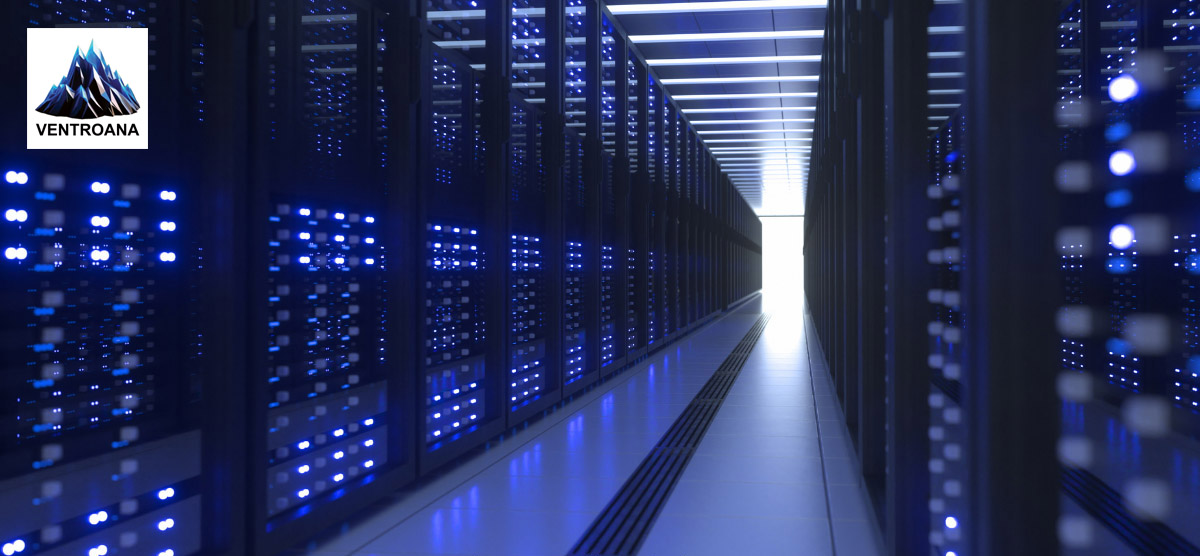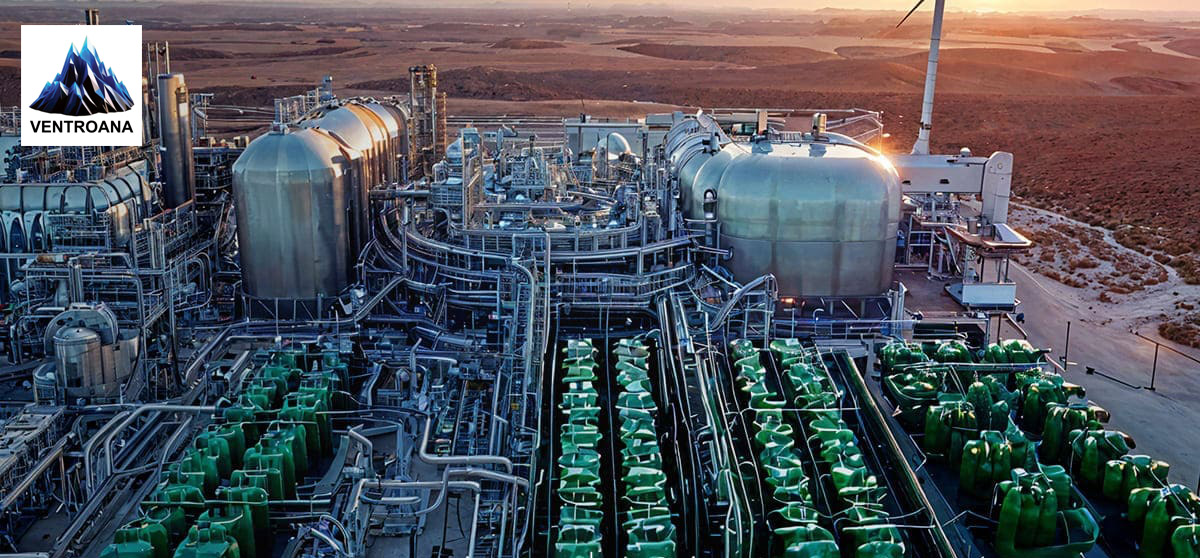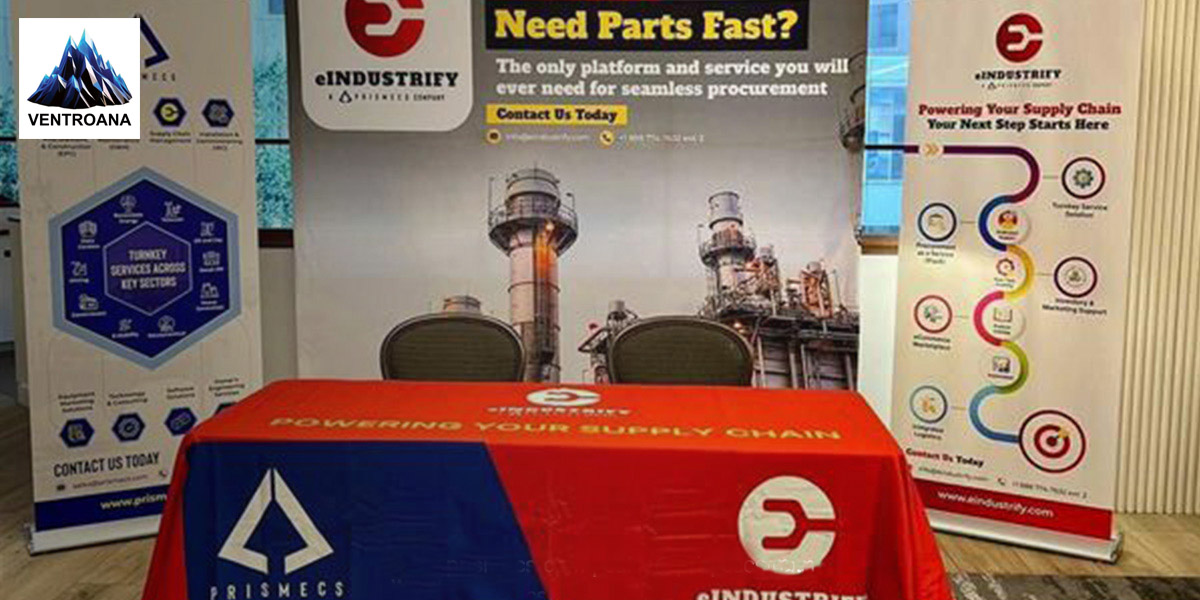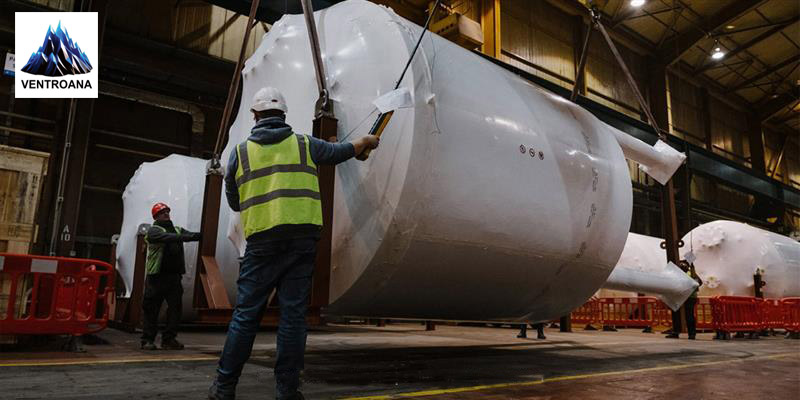Data Centers
June 12, 2024

In our digital era, data centers are the cornerstone of our internet-dependent world. They are hosting the servers that store, process, and manage our data. However, the immense computational power of these facilities comes with a high energy cost. Globally, data centers are a significant concern for energy consumption, accounting for around 1% of the world's electricity usage.
As demand for high-performance computing continues to rise. Enhancing energy efficiency in data centers has become a critical goal. This blog explores cutting-edge technologies. That makes data centers more energy efficient, reduces their carbon footprint, and optimizes their overall energy use.
Data centers are energy-intensive by nature. The primary sources of this consumption include powering the servers. Cooling systems to manage the heat generated and maintain operational infrastructure.
With high-density server setups becoming the norm. The need for efficient cooling and power management is more pressing than ever. Inadequate management of these aspects not only increases operational costs but also contributes significantly to global carbon emissions.
Power Usage Effectiveness (PUE) is a crucial metric for assessing the energy efficiency of a data center. The definition includes the ratio of the total amount of energy used by a data center. To the energy used by the computing equipment itself.
An ideal PUE is 1.0, indicating that the IT equipment uses all the energy with no overhead for cooling or other infrastructure. However, typical data centers have PUE values ranging from 1.2 to 2.0. Achieving a lower PUE is a primary objective for improving data center energy efficiency.
The innovative cooling technologies for data centers include liquid cooling and hot aisle/cold aisle containment. They are transforming energy efficiency. These advancements are essential for managing the increasing power demands of modern data centers.
One of the most promising advancements in data center cooling is liquid cooling. Unlike traditional air cooling, which uses chilled air to remove server heat. Liquid cooling involves circulating coolant fluids directly around the hot components.
This method is highly efficient because liquids transfer heat faster than air, enabling faster heat removal. Liquid cooling can significantly reduce the energy required for cooling systems, thus enhancing overall energy efficiency.
Another effective strategy for improving cooling efficiency is the implementation of hot aisle/cold aisle containment. This technique involves arranging server racks in alternating rows. With cold air intake facing one aisle and hot air exhaust facing another.
By physically separating the hot and cold air streams. This method prevents the mixing of hot and cold air. This leads to more efficient cooling and reduces the energy needed to maintain optimal temperatures.
The data center’s efficient design incorporates modular structures and edge computing to optimize space and resource use. Modular data centers allow for rapid deployment and growth, reducing power consumption and cooling needs. Meanwhile, edge data centers minimize latency and offload demand from central facilities, enhancing overall energy efficiency.
Modular data centers feature prebuilt modules for rapid deployment and growth. This design approach allows for more efficient use of space and resources, reducing both power consumption and cooling requirements. Modular data centers are particularly well-suited for high-density computing environments, where space and energy efficiency are critical.
Edge data centers bring computing power closer to the end users, reducing latency and bandwidth usage. By distributing data processing closer to the source of data generation.
Edge data centers can offload some of the demand from central data centers. This is leading to more efficient overall energy use. This decentralized approach can also reduce the cooling load and power consumption of large, centralized data centers.
The Global hyper-scale data center market, valued at USD 130.2 billion in 2024. By 2032, projections estimate it will reach approximately USD 935.3 billion. This growth represents a compound annual growth rate (CAGR) of 27.9% from 2023 to 2032.
By 2032, experts anticipate the Global Data Center Market to reach around USD 935.3 billion.
Data centers are increasingly using smart monitoring and management systems. These systems provide real-time insights into power usage, temperature, and humidity. They enable operators to optimize energy efficiency and detect areas that need improvement.
DCIM tools provide comprehensive monitoring and management of data center operations. These systems collect data on power usage. Temperature, humidity, and other critical parameters.
Enabling data center operators to make informed decisions to optimize energy efficiency. By providing real-time insights. DCIM tools identify areas needing improvement and potential enhancements in power and cooling systems.
Companies increasingly employ artificial intelligence (AI) and machine learning to enhance data center energy efficiency. These technologies can analyze vast amounts of data from data center operations.
Predict future energy usage patterns and optimize cooling and power distribution. For example, Google has successfully used AI to reduce its data center cooling energy use by up to 40%. Showcasing the potential of these advanced technologies.
Data centers are actively reducing their carbon footprint through the integration of renewable energy sources and sustainable practices.
While improving energy efficiency is crucial, data centers can also reduce their carbon footprint through carbon offsetting. This involves investing in projects that reduce or remove carbon emissions. Such projects include planting trees, implementing renewable energy initiatives, and utilizing carbon capture technologies. By offsetting their carbon emissions, data centers can contribute to global efforts to combat climate change.
Implementing sustainable practices in data center operations is another effective way to reduce carbon emissions. This can include using energy-efficient hardware, adopting green building standards, and recycling or repurposing old equipment. By emphasizing environmental responsibility, data centers can minimize their impact while maintaining high performance and reliability.
High-density computing refers to the practice of packing more computing power into smaller physical spaces. This approach increases the computational capacity of data centers. It also presents challenges in cooling and power management. To address these challenges, data centers must adopt advanced cooling technologies and efficient power distribution systems.
Companies design high-density server racks to house many servers in a compact space. These racks require efficient cooling solutions to prevent overheating and ensure reliable operation. By using liquid cooling and hot aisle/cold aisle containment strategies. Data centers can effectively manage the heat generated by high-density server setups.
Using energy-efficient hardware is crucial for managing power consumption in high-density computing environments. Designers create modern processors, memory modules, and storage devices to deliver high performance while minimizing energy use. By investing in energy-efficient hardware, data centers can enhance their computational capacity without significantly increasing their power consumption.
As the demand for data storage and processing continues to grow. Data centers must adopt cutting-edge technologies to optimize their energy use and reduce their carbon footprint. By leveraging these technologies, data centers can achieve significant reductions in power consumption and operational costs. While contributing to global efforts to mitigate climate change.
As we look ahead, the continued development and adoption of energy-efficient technologies will be essential. To ensure the long-term success and environmental friendliness of the data center industry.
Ventro Analytics is at the forefront of enhancing energy efficiency in data centers, leveraging cutting-edge technologies and innovative solutions. By integrating advanced cooling systems, smart monitoring tools, and sustainable practices. We help data centers significantly reduce power consumption.
Our commitment to efficiency and environmental responsibility not only reduces operational costs. But it also supports global efforts to mitigate climate change. As data demands continue to rise, Ventro Analytics' expertise ensures that data centers remain both high-performing and environmentally responsible. To avail of our data center services, email us at sales@ventroana.com.
Q: What are the benefits of power usage effectiveness in data centers?
Ans: Power Usage Effectiveness (PUE) helps data centers measure energy efficiency, identify areas for improvement, reduce operational costs, and minimize environmental impact. By optimizing PUE, data centers can achieve higher performance while lowering energy consumption.
Q: What is the PUE power usage effectiveness measure?
Ans: Power Usage Effectiveness (PUE) is a metric used to determine the energy efficiency of a data center. It is calculated by dividing the total amount of energy used by the data center by the energy used by its IT equipment. A lower PUE indicates better energy efficiency.
Q: Why is energy efficiency important in data centers?
Ans: Energy efficiency in data centers is crucial because it reduces operating costs, lowers carbon footprint, and enhances sustainability. Efficient energy use also improves the reliability and performance of data center operations.
Q: Why is power consumption critical to data center operations?
Ans: Power consumption is critical to data center operations because it directly impacts operational costs, sustainability, and the ability to maintain uptime. Managing power effectively ensures that data centers can handle increasing workloads without excessive energy waste.
Q: What are the two main sources of power consumption in data centers?
Ans: The two main sources of power consumption in data centers are IT equipment (such as servers, storage, and networking devices) and supporting infrastructure (including cooling systems, power distribution, and lighting).
Tags: Energy Efficiency in Data Centers Center Energy Efficiency Data Center Energy Consumption Data Center Operations Data Center Power Data Center Efficiently

Successful Implementation of Green Hydrogen in Power Plants
Discover how green hydrogen revolutionizes power plants with sustainable energy solutions, reducing ...

Driving Innovation and Resilience: Insights from the 10th Annual Energy Supply C...
Gain insights on driving innovation and resilience at the 10th Energy Supply Chain & Procurement Sum...

Understanding EPC Engineering: Key Concepts Explained
Discover the essentials of EPC Engineering, covering contracts, project phases, and roles of EPC con...